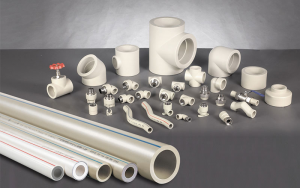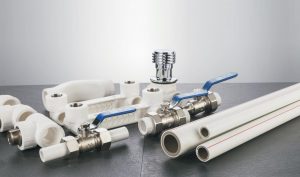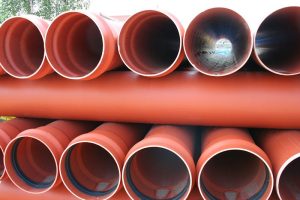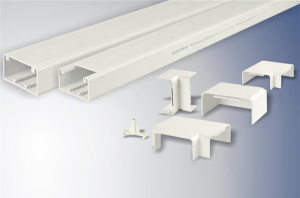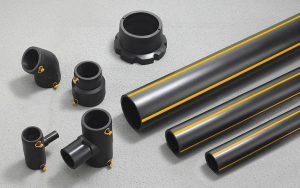Table of Contents
Galvanized steel conduit is a material of choice for housing electrical wiring and cabling. Galvanized conduits are used in residential, commercial, and industrial applications. The process of galvanization creates a corrosion-resistant conduit and protects the encased wiring from electromagnetic interference.
Galvanized pipe is fire-resistant and withstands extreme weather, including moisture, heat, ultraviolet radiation, and freezing conditions. Its impact-resistant qualities offer durability in transport, handling, placement, and use.
LESSO Group Holdings manufactures home furnishings and building materials marketed worldwide. Our galvanized pipe is suitable for many applications, including embedding in concrete, outdoor exposure, and indoor use. LESSO offers two grades of galvanized steel piping: hot-dipped and electroplated.
Definition and Characteristics of Galvanized Steel Conduit
Engineers, architects, designers, electricians, and plumbers understand the benefits of using galvanized products. However, homeowners and business proprietors may ask, what does galvanized mean? Galvanization coats steel with zinc to protect the base material from corrosion, rust, and other damaging elements. It is an affordable alternative to stainless steel.
In the hot-dipped galvanization method, steel is submerged in molten zinc that is heated to approximately 840 degrees F. The zinc and steel form a metallurgic bond that creates a cohesive coating of zinc over the steel substrate. The thickness of hot-dipped galvanized coating averages 85 microns, which can protect steel from corrosion and rust for as long as 100 years.
Chemically, molten zinc reacts with oxygen to create zinc oxide. It then reacts with atmospheric carbon dioxide, forming zinc carbonate. Zinc rusts when exposed to moisture and air.
The galvanized coating forms a grayish-white patina of zinc rust. However, zinc’s corrosion rate is approximately 1/30th of that of steel. The zinc becomes sacrificial because the slowly eroding zinc protects the steel underneath the coating.
Primary Applications of Galvanized Steel Conduit
Galvanized steel conduit has many applications and benefits. It is a medium of choice for plumbing, telecommunications, and electrical applications and for transporting oil, gas, and steam. It is also used in the construction, automotive, wind, and solar industries for its durability, environmental friendliness, and resilience to adverse weather conditions.
Galvanized steel offers aesthetic value to modern architectural designs. It is also commonly used in residential and commercial construction applications, including fencing, railings, posts, and guttering because of its resistance to corrosion and long service life.
Galvanized conduit is a mainstay of the telecommunications and electrical industries. Conduits are manufactured in several configurations and sizes to serve industry requirements. Galvanized pipes can be installed in concrete, in open spaces, submerged, or buried in soil.
Electrical metal conduits must meet industry electrical codes and local regulations to ensure safety. LESSO electrical metallic tubing conforms to international requirements for use as an equipment grounding conductor when installed according to industry standards and with approved fittings.
Here, we can define galvanized product benefits. Galvanized metal tubing shields cables and wiring from damage from moisture, impact, and extreme temperatures. Galvanized rigid metal conduits reduce the potential for electrical shock, short circuits, and fire. Hot-dipped galvanized conduits reduce signal interference so that data transmission and transfer are not interrupted.
Galvanized conduits also offer organizational efficiency. It is easier to upgrade wiring and cables encased in piping. Conduits minimize potential damage to cables, extend service life, and reduce the frequency of repairs, replacement, or maintenance.
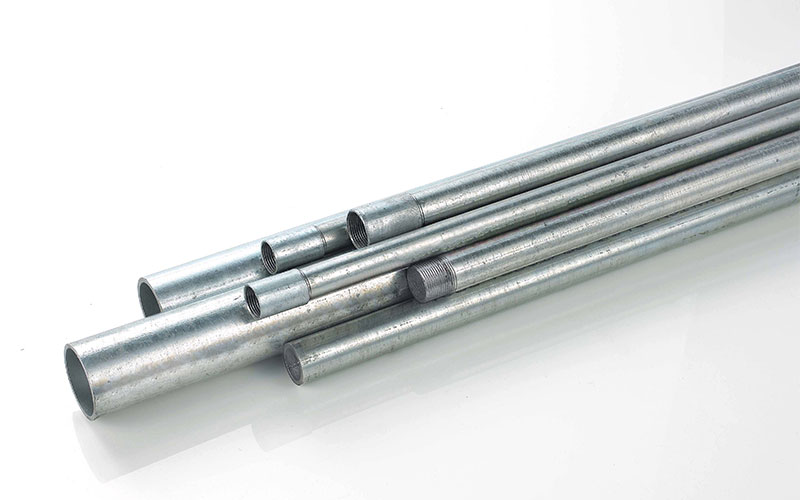

Advantages and LESSO's Product Highlights
LESSO Group Holdings manufactures a wide range of building and lifestyle products, including plastic and metallic piping, sanitary ware, furniture, kitchen fittings, doors, windows, and interior decorating items.
LESSO also offers environmental impact assessments, environmental consultations, and solar solutions. We produce goods in several locations in China and worldwide. Our research and development endeavors include developing materials and products that enhance technology and augment the quality of life of people throughout the world.
Our power supply and telecommunications products include galvanized metallic tubing and PVC electrical conduit for residential, commercial, and industrial use. We test our products to ensure they meet international and local standards.
Our galvanized steel piping meets British and U.S. standards for electrical conduit. We offer two grades of galvanized piping that are fire- andLESSO corrosion-resistant and perform in adverse environmental conditions. Our hot-dipped products are ruggedly durable, and our electroplated products offer a less expensive option.
LESSO provides customer support through international distribution centers and after-sales services. We also offer project planning, equipment training, installation support, and maintenance services.
Conclusion and Recommendations
Business owners, construction managers, architects, engineers, builders, and homeowners will benefit from using LESSO products. Our galvanized steel electrical conduits meet international standards. We offer customer support through consultation, convenient sales locations, and post-sales maintenance and services.
For more information about our products and services, contact LESSO at our headquarters in Guangdong, China, or our Hong Kong office in East Kowloon, Hong Kong.
FAQs about Galvanized Steel Conduit
Yes, its corrosion resistance makes it suitable for outdoor applications.
Yes, Lesso offers a range of sizes to accommodate various wiring needs.
Yes, installation recommendations are available to ensure proper usage.
Recommend Reading
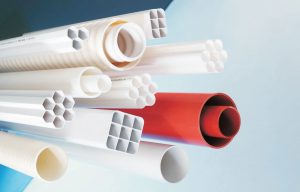

What’s the Difference Between PVC Pipe and PVC Conduit
Table of Contents PVC or Polyvinyl Chloride pipes use vinyl and plastic materials. We use these pipes in plumbing systems. If you do not want
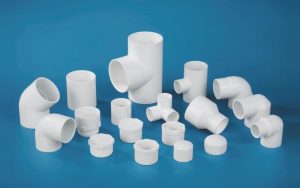

What are the Different Types of PVC Fittings?
Table of Contents Pipe fittings connect the pipes together and allow you to customize your plumbing to suit your needs. There are lots of different




